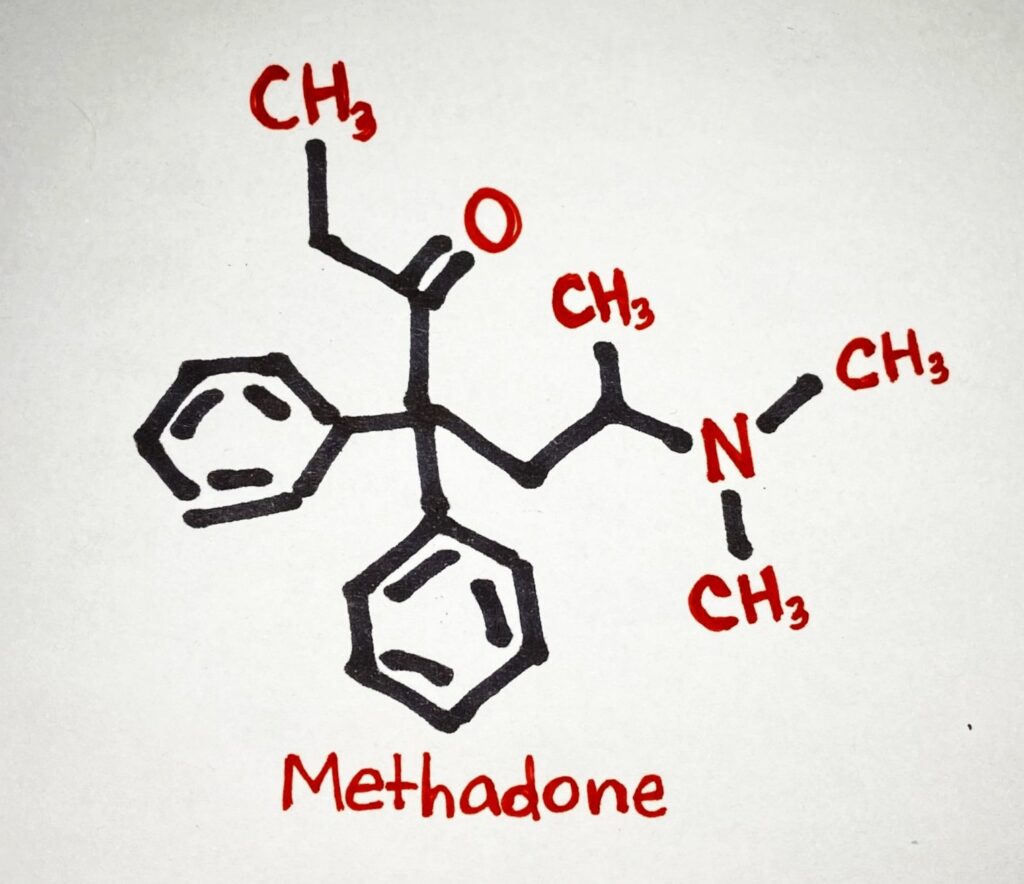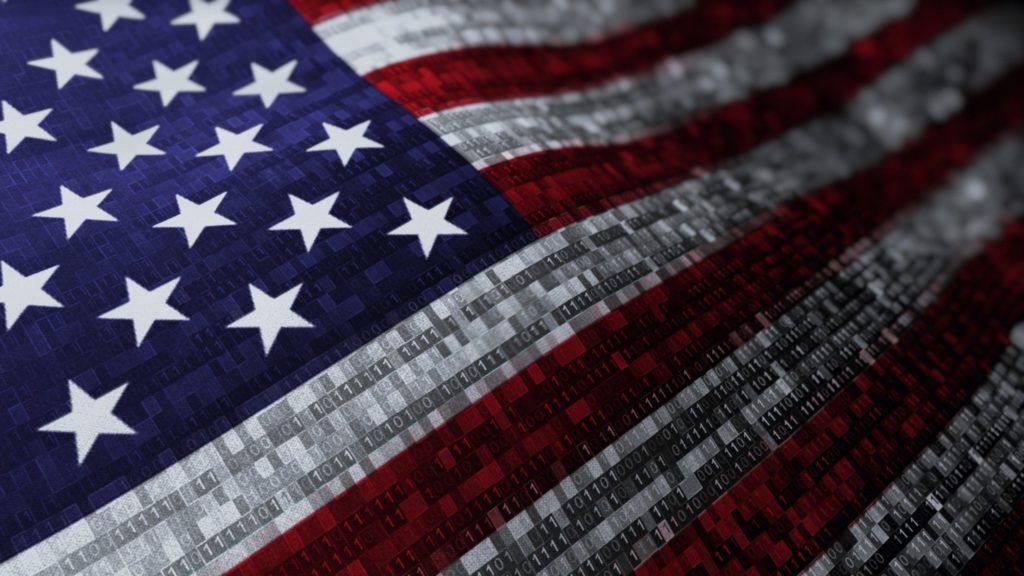Prosecutorial Roles in Reducing Racial Disparities in the Justice System
Authors
Key Points
Introduction
Persistent racial disparities have long been a reality in our criminal justice system. Black individuals are incarcerated in state prisons at approximately five times the rate of white offenders.1 Black men face disproportionately harsh incarceration experiences, including being more likely to be wrongfully convicted and to face the death penalty.2 These disparities stem from many sources in the criminal justice system, but prosecutorial decision-making is a key a factor. Prosecutors hold enormous power in the system, from charging decisions to plea bargaining. These decision points can be used to make disparities worse or to respond proactively.
Recently, a number of prosecutorial policy changes have reduced disparities, which demonstrates that such changes are possible. The disparity between white and Black individuals sentenced for federal drug crimes reduced from 47 months in 2009 to zero in 2018, in large part due to instructions not to seek the maximum penalty for drug trafficking given by then Attorney General Eric Holder.3 At the state level, the ratio of Black to white individuals under some kind of supervision (incarcerated, on probation or parole) declined from around 8.3-to-1 to 5.1-to-1.4 The causes for the reduction at the state level are complicated and include the rising imprisonment of white men, but prosecutorial discretion, particularly in drug cases, has played a part.
There is hope: prosecutors can make a difference and already have made positive changes in some jurisdictions. This paper begins by discussing the problem of racial disparities in the system and potential causes. The second part discusses a prosecutor’s role in the criminal justice system and how they might contribute to this issue. The final part looks to innovative strategies that prosecutors can utilize to reduce disparities.












